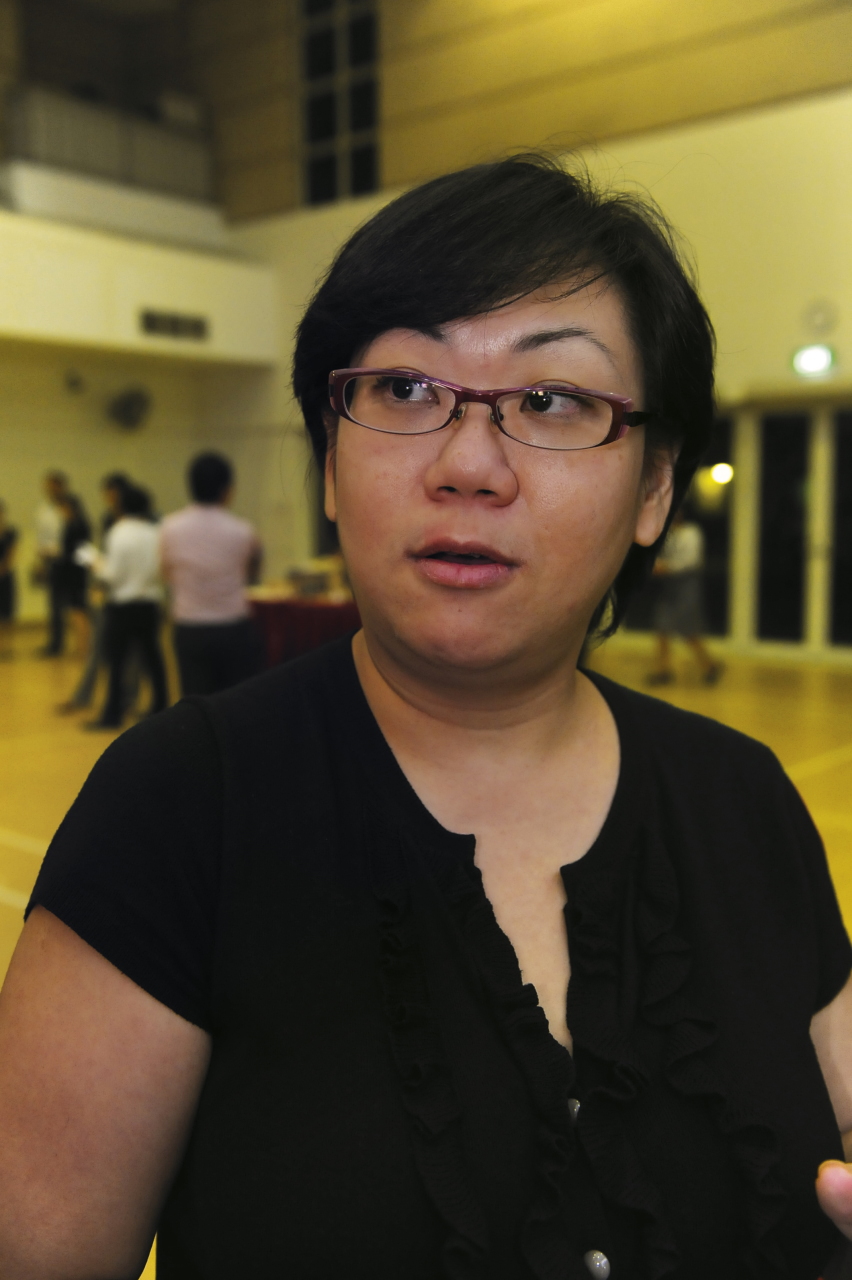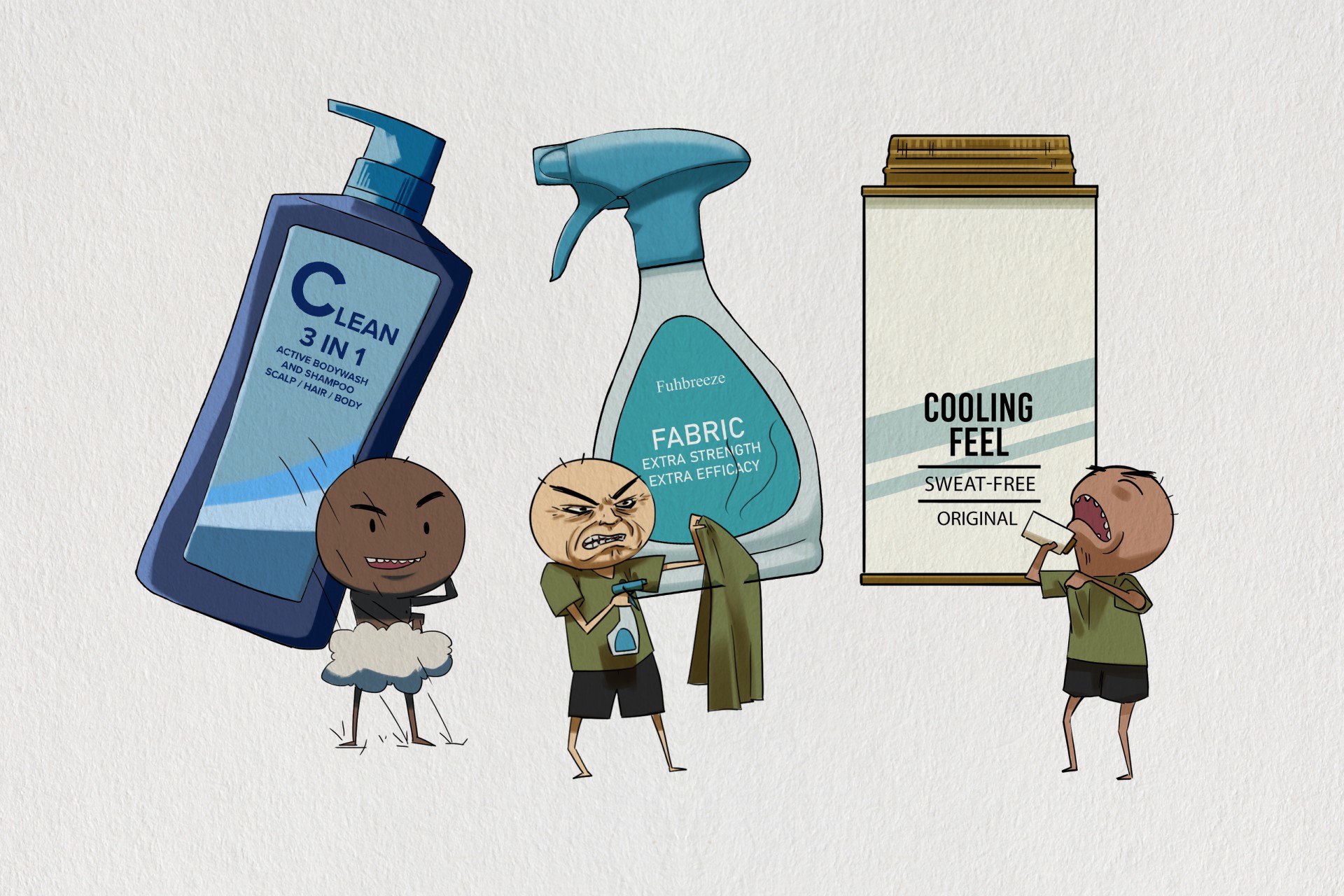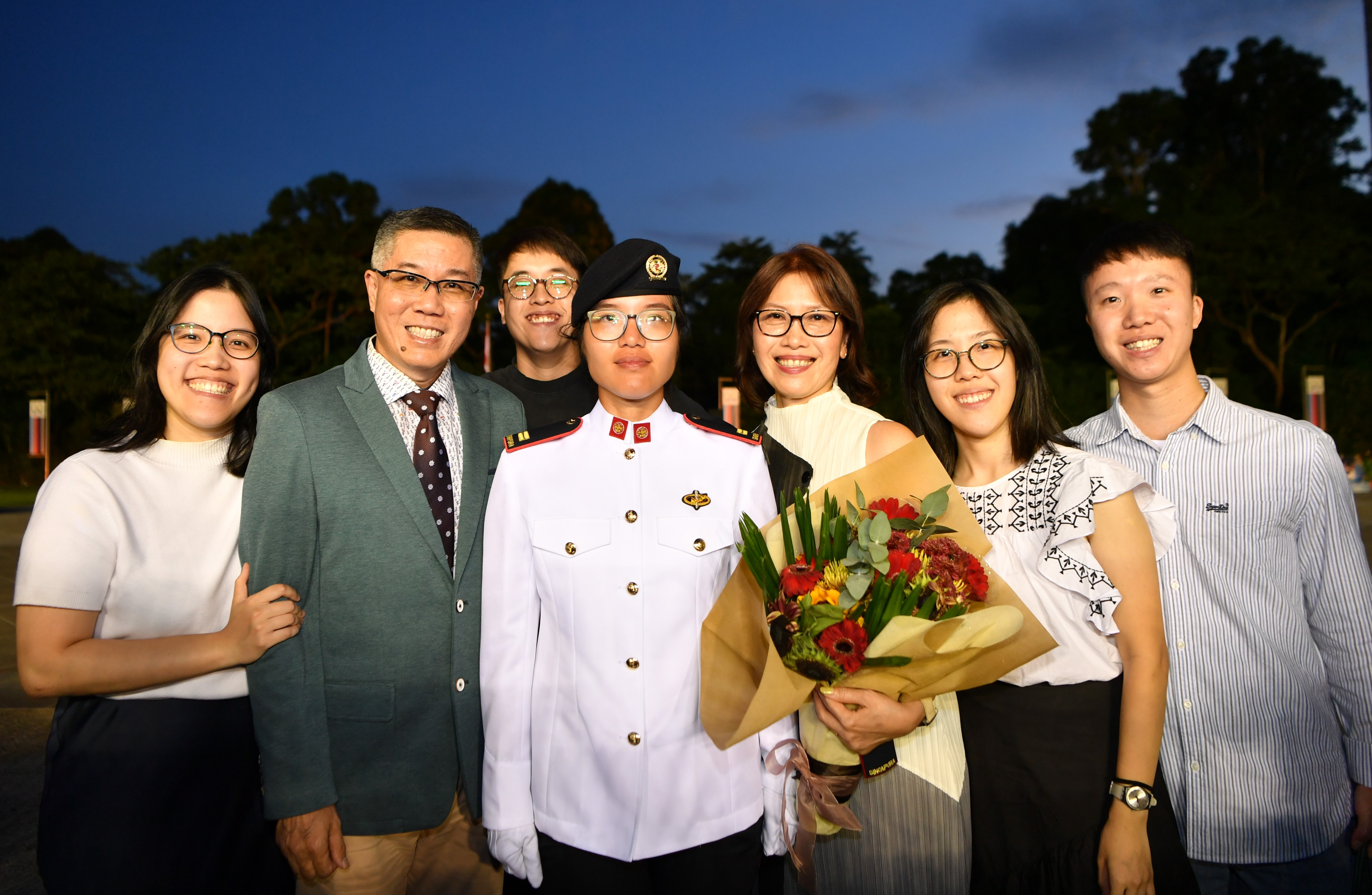WHAT IT TAKES TO DEFEND SINGAPORE
STORY // Ong Hong Tat
PHOTO // PIONEER Photographers
What is a small country to do in defending itself? With no hinterland and little natural resources to buffer against exigencies, its best bet lies in being prepared and investing in its people.
Some say Singapore suffers from a perpetual crisis state of mind and that it can afford to cut loose a little, but the facts tell us otherwise.
The nation has enjoyed almost 50 years of peace, so clearly, its defence plans have been effective. In addition, defence spending in the region rose 13 percent to US$24.5 billion (S$31.1 billion) in 2011 alone. This figure is projected to rise to US$40 billion by 2016.
In short, military modernisation programmes across South-East Asia are ongoing and geopolitics underpinning regional security continue to evolve, cementing the case for continued and steady investments in defence.
Uncertain waters
The United States (US) and China continue to play key roles in the stability of the Asia-Pacific region, but increasingly assertive stances over competing territorial claims in the South and East China seas are reminders that regional peace is something which has to be worked on and nurtured.
Speaking on the sidelines of the 50th Munich Security Conference held in Germany this year, Minister for Defence Dr Ng Eng Hen said that strategic trust is needed for Asia to ensure its own security as growing wealth translates into the rapid modernisation of militaries within the Asia-Pacific region.
He added that the need for an inclusive and robust regional security architecture is hence critical to the region.
Enhanced gear
With threats becoming more complex and unconventional, the SAF has been steadily gearing up to realise its goal of becoming the 3rd Generation fighting force.
Singapore's air defence network will receive a boost with the acquisition of the Aster-30 missile system, which will complement the Surface-to-air PYthon-5 and DERby (SPYDER) Ground-Based Air Defence (GBAD) system.
Announcing the buy in September 2013, Dr Ng said: "The Aster-30's capabilities are many times more potent than our current I-HAWK ground-based air defence system. The Aster will allow us to engage multiple threats simultaneously and from a longer distance."
He added: "The Republic of Singapore Air Force (RSAF) is putting in place a state-of-the-art multi-layered Island Air Defence System to provide a comprehensive shield protecting Singapore against airborne threats."
Talks are also ongoing to upgrade the RSAF's fleet of older F-16 fighter aircraft to extend their lifespans and keep up with operational demands. Some of the older aircraft in the RSAF's F-16 fighter fleet have been in service for more than 15 years.
Come 2020, the Republic of Singapore Navy (RSN) will add new submarines to its fleet. The Type 218SG submarines are the first new submarines the Navy are acquiring - it has stuck to operating refurbished submarines while building up its submarine capability from 1995.
"The replacement submarines will have significantly-improved capabilities and will enhance our ability to keep our sea lines of communication safe," said Dr Ng in Parliament last year.
In November 2013, the Army officially welcomed the Light Strike Vehicle Mark (LSV Mk) II into its fold. The skeletal-looking vehicle, which replaces the ageing LSV, is adept at shoot-and-scoot anti-armour warfare and boasts upgraded communication capabilities which improve integration with other SAF combat systems.
Integrated security
In the most complex integrated strike exercise conducted by the SAF, about 700 airmen and soldiers flexed their muscles last year in the Barry M. Goldwater range - an expansive training area in Phoenix, Arizona, US.
For the first time in the Forging Sabre exercise series, the SAF troops manoeuvred against a "thinking" enemy commanded by senior SAF officers. During his visit, Dr Ng noted the leaps made by the SAF in the exercise series over the years: "The ability to pick up real-time, moving targets, track them and...strike at them while they are moving is something very difficult to do militarily. It calls for a very high state of sense-making - the ability to know what is happening at that point of time."
Closer to home, Singapore's preparedness towards terrorist threats also got a boost last year with Exercise Highcrest. The National Maritime Security System (NMSS) got a workout in an exercise involving more than 1,600 personnel from over 20 national agencies.
It saw "terrorists" hijacking a ferry and attempting to take over a ferry terminal while troops from the SAF Special Operations Task Force and the Singapore Police Force executed a seamless takedown.
Speaking to the media after visiting the exercise, Prime Minister Lee Hsien Loong said: "This exercise is the culmination of several years of work to prepare our National Maritime Security System... Just look at all the logos which are involved in today's exercise - so many ministries, so many statutory boards, the uniformed forces... They have to work seamlessly together."
The successful execution of Exercise Highcrest validated the processes of the NMSS and its attainment of Full Operational Capability.
Stronger NS
The Ministry of Defence (MINDEF) is also looking into strengthening National Service (NS), the heart of the SAF. Headed by Dr Ng and set up in early 2013, the Committee to Strengthen National Service (CSNS) has concluded two phases of public consultation efforts which were capped off with a Townhall session on 16 Nov last year.
The CSNS efforts have reached about 40,000 people. Already, the more feasible suggestions are being looked into. These include expanding the use of the NS Recognition Award monies to include health care.
Other suggestions - such as the set-up of the SAF Volunteer Corps - have already been announced. These volunteers could be deployed in roles such as protection of key installations, crowd control and civil-military operations, said 2nd Minister for Defence Chan Chun Sing, who heads the "Support for NS" CSNS working group.
Individuals with specialised skills in areas such as Law, Medicine and Information Technology could also be tapped for their expertise. Explaining the move, Mr Chan said: "We recognise that volunteers will come with different skill sets and with different abilities to contribute. The onus is on us to design a system flexible enough to harness their energies without strait-jacketing them into one particular scheme."
The CSNS is also looking into ways to shorten the transition period for Full-time National Servicemen (NSFs) as they wait to enlist and for further education after serving NS.
40,000 people have shared their thoughts and given their feedback on NS since the CSNS efforts began early last year.
23 CSNS focus group discussions held over two phases from June to October 2013.
Better training
Recognising the importance of developing soldiers' skills, the SAF continually looks into better training methods and facilities.
A practical innovation in land-strapped Singapore, the Multi-Mission Range Complex (MMRC) is a three-storey building housing seven firing ranges. This means that up to 900 soldiers can do their shoots in a single day; something that would have taken two to three days to complete in a traditional outdoor range.
Soldiers using the MMRC no longer need to wait for nightfall for night shooting practices as the centre is able to simulate day and night conditions. The MMRC is the first facility to house four different ranges in a single complex to provide conventional and urban shooting practice.
Said Dr Ng at the launch of the MMRC: "This complex represents a significant step up that will raise the level of fundamental soldiering skills for our SAF men and women, in particular, their shooting and marksmanship."
Robust medical system
At last year's Committee of Supply (COS) debate, Mr Chan (then Senior Minister of State for Defence) said that the SAF would work with Jurong Health Services to provide specialised emergency medical services for soldiers, as well as training for SAF doctors and medics in this field.
Following that announcement, the SAF inked a Memorandum of Understanding (MOU) with Jurong Health. Under the agreement, the new Ng Teng Fong Hospital (to be completed in end-2014) will provide emergency medical care to SAF personnel training in the west. The hospital was chosen because of its proximity to major SAF training areas in western Singapore.
The collaboration would see SAF medical personnel and Jurong Health working together to enhance the SAF's overall medical capability for critical cases, said Associate Professor Cheah Wei Keat, Chairman of the Jurong Health medical board.
Safer training
Also announced at the COS debates last year was the set-up of the Safety and Systems Review Directorate (SSRD). Its key priority is to look into the SAF's training safety system, and one of the first panels formed by the SSRD is the External Review Panel for SAF Safety (ERPSS).
In December 2013, the panel visited the Basic Military Training Centre where they spoke to recruits and saw how safety was handled at the ground level. Earlier this year, they visited the Officer Cadet School.
The ERPSS will review various aspects of SAF safety over its three-year tenure. The review will include a series of visits to Army, Navy and Air Force units to assess existing safety practices and recommend improvements.
Comprising experts from the government, industry and professional sectors, the ERPSS is headed by Mr Alan Chan who is the Chief Executive of Singapore Press Holdings.
After watching recruits throw live grenades at a range, Mr Alan Chan said all the members of the panel "were deeply impressed by the safety precautions that were taken by the SAF". He added: "There was intensive training... We are really impressed that there are so many drills the soldiers have to go through before they are allowed to throw the grenade."
Singaporeans' take on NS*
Belief in NS
98% of respondents say that NS is crucial for national defence.
Employer support
89% of respondents say their employers are supportive of their NS commitments.
Duration
83.8% of respondents say that the current two-year full-time NS duration is "just right".
Helping hands
The SAF has also been extending its assistance internationally. In the aftermath of Super Typhoon Haiyan last year, the RSAF deployed teams to deliver relief supplies. They also helped to evacuate civilians and airlift Philippine military personnel.
The SAF's recently concluded operations in Afghanistan marks the longest sustained overseas mission which it has undertaken. Since it began operating in Afghanistan in 2007, the SAF has deployed close to 500 personnel, which include imagery analysis teams and artillery trainers, in its six years there.
This year, the SAF will be sending a deployment to the pirate-hotspot Gulf of Aden. This is its ninth such mission and the second time it is sending a frigate and a naval helicopter to those troubled waters.
Diplomatic efforts
Singapore also punches above its weight in terms of diplomacy. Held in Singapore each year, the Shangri-La Dialogue (SLD) is an important opportunity for Asia-Pacific countries to discuss security issues of mutual concern.
At last year's SLD, Dr Ng called for Asia-Pacific countries to work towards building mutual trust. One of the practical results from this trust comes from the ASEAN Defence Ministers' Meeting (ADMM) Plus.
More than 3,200 personnel, six ships, 15 helicopters as well as medical, search and rescue and civil engineering teams from the 18 ADMM-Plus military forces were in Brunei for a large-scale Humanitarian Assistance and Disaster Relief (HADR)/Military Medicine exercise. Two other ADMM-Plus full troop exercises in maritime security and counter-terrorism were also held in September and October last year.
"That the ADMM-Plus can move from dialogue to cooperation within a few short years is a significant achievement at the political, policy and operational levels," said Dr Ng.
Deeper engagement
In an independent study conducted by the Institute of Policy Studies(IPS), more than nine out of 10 Singaporeans support NS. The results come as no surprise since MINDEF and the SAF spend significant effort in reaching out to the community.
Outreach efforts such as the SAF School Partnership Programme (SSPP) see the SAF venture into schools in a bid to get the youth up to date on all things defence. For example, Singapore Polytechnic students visited Paya Lebar Air Base in April 2013 to get a feel of the RSAF's latest F-15SG fighter aircraft.
The CSNS has also proposed that the Advisory Council on Community Relations in Defence (ACCORD) move from an advisory role to one which has more direct linkages with the community to ensure that its work is done more effectively.
This proposed move was mooted in October last year and will see ACCORD being re-organised into various outreach groups. Said Minister of State for Defence Dr Mohamad Maliki Bin Osman, who heads the "Recognition and Benefits for National Service" CSNS working group: "These groups could look into deepening engagement with employers, families and members of the broader community."
Commenting on the proposed restructuring, Mrs Laura Hwang said: "Outreach and information are always good because the more informed the nation and its citizens are, the better relationships (will be) all round." She is an ACCORD member and President of the Singapore Council of Women's Organisations.
Reaching out
On the media front, the MINDEF Public Affairs Directorate's Defence Media Centre has also pushed out Web series (search for cyberpioneertv on YouTube), such as the nine-episode series on combat medic training and multi-parter series on the SAF Military Police Command, for Singaporeans to better understand the SAF's training and operations.
(Shameless self-promotion plug alert!) In its latest update, PIONEER magazine has shed some weight (by becoming smaller) but retains the substance with its mix of defence-related stories and useful lifestyle information. Check out some of its new sections such as Rewind, which tells of the SAF of yesteryear!
Playing a part
This year also marks the 30th year of Total Defence (TD). Themed Because You Played a Part, the highlight of this year's campaign was an experiential showcase held at the National Museum in February. The showcase featured stories of how individuals create meaning from TD in their daily lives.
In true, all-inclusive fashion, there were several events catering to different crowds, such as a TD trail which rambles through historical sites like the Kranji War Memorial.
Here's to many more years of continued peace and prosperity.
NS talk!
The buzz at CSNS focus group discussions.












